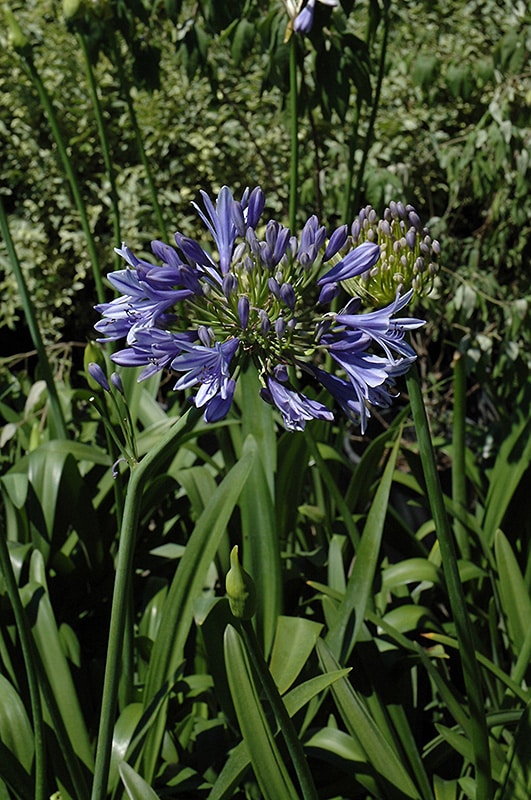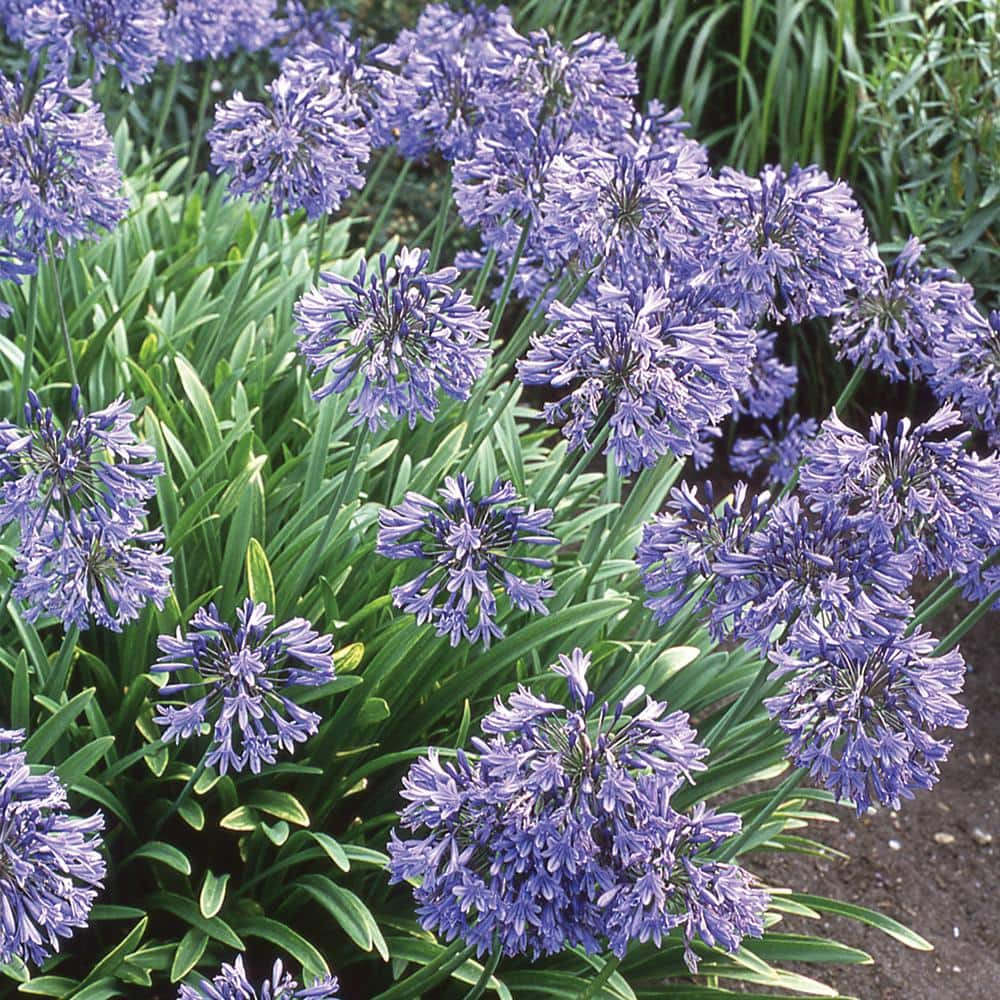Letting Loose the Secret to Effective Agapanthus Growing: Tips and Techniques for a Flourishing Garden
In the world of horticulture, growing agapanthus effectively needs a critical technique that includes various elements of plant treatment. With cautious interest to information, one can unlock the keys to supporting these magnificent flowers, leading to a yard that flourishes with beauty and vibrancy. By recognizing the nuances of agapanthus growing, one can produce an environment where these plants thrive and grow generously. In the following discussion, we will certainly check out necessary suggestions and techniques that will direct you towards a flourishing agapanthus garden, offering understandings right into finest methods, soil problems, watering methods, and more.
Planting Agapanthus: Ideal Practices
When planting Agapanthus, correct dirt preparation is crucial for making sure effective growth and advancement of these lovely blossoms. Agapanthus, typically recognized as Lily of the Nile or African lily, thrives in well-draining dirt with a slightly acidic to neutral pH level - Agapanthus. Before growing, it is crucial to change hefty clay soils with natural matter such as compost or peat moss to boost drainage and supply vital nutrients for the plants
To grow Agapanthus, choose a place that receives full sunshine to partial color, as this will certainly advertise healthy development and bountiful blooming. Dig a hole twice the diameter of the plant's origin sphere and position the Agapanthus at the same depth it was previously expanding. Delicately backfill the opening with soil, weighing down securely to remove any type of air pockets around the origins.
Water the newly grown Agapanthus thoroughly and proceed to keep the dirt evenly moist, specifically throughout the plant's active expanding period. Agapanthus. Using a well balanced plant food once a month can better sustain the plant's growth and blooming. By following these best practices for planting Agapanthus, you can develop a stunning screen of these fascinating blossoms in your yard
Ideal Soil Issues for Agapanthus
For ideal development and growing success of Agapanthus plants, guaranteeing the soil conditions are perfect is essential. Agapanthus thrives in well-draining dirt with a slightly acidic to neutral pH degree ranging from 6.0 to 7.0. This sort of dirt enables appropriate water drainage, preventing waterlogging which can lead to root rot. To enhance soil drainage, consider including organic matter such as garden compost or peat moss when preparing the growing site. In addition, Agapanthus likes dirt that is rich in nutrients, so integrating a well balanced plant food throughout the expanding season can advertise healthy growth and vivid flowers.

Watering and Fertilizing Tips
To make certain healthy growth and vivid flowers, proper watering and fertilizing techniques are important for effective Agapanthus cultivation. Agapanthus plants profit from regular watering, particularly throughout the expanding period.
When it concerns feeding Agapanthus, a balanced fertilizer with equivalent parts nitrogen, phosphorus, and potassium can be applied in the spring to promote healthy growth and blooming. Slow-release fertilizers are ideal for giving nutrients progressively over an extended duration. Prevent over-fertilizing, as this can lead to too much foliage growth this hyperlink at the cost of flowers.
Additionally, integrating natural matter like garden compost into the dirt can enhance nutrient levels and boost soil framework, assisting in the total wellness of the Agapanthus plants. By following these watering and feeding tips, garden enthusiasts can guarantee their Agapanthus plants thrive and produce sensational displays of blossoms.
Pruning and Deadheading Strategies
Proper pruning and deadheading strategies play an essential function in preserving the health and wellness and looks of Agapanthus plants, complementing the important methods of watering and fertilizing for successful farming. Trimming Agapanthus includes removing spent flower heads, dead or yellowing leaves, and general shaping of the plant to promote far better growth. Deadheading, the procedure of getting rid of discolored flowers, not just improves the plant's look however additionally encourages more growing.
When deadheading Agapanthus, it is a good idea to snip off the flower stem at the base using sharp, clean shears. This procedure reroutes the plant's power from seed manufacturing back into root and foliage growth, advertising a healthier and more durable plant. Normal deadheading can prolong the blooming period of Agapanthus and protect against self-seeding, which can result in overcrowding.
In regards to pruning, Agapanthus normally gain from a light trim after blooming to clean the plant and urge fresh development. Reducing back the invested flower stems and removing any kind of broken or dead foliage aids keep the plant's vitality and general look. However, it is necessary to stay clear of reducing into the crown of the plant, as this can compromise its wellness.

Protecting Agapanthus From Pests and Diseases
Carrying out efficient pest and disease monitoring techniques is vital to protecting the health and wellness and vitality of Agapanthus plants in farming. Agapanthus are normally durable plants, however they can still succumb to various bugs and illness if not effectively cared for. One common pest that affects Agapanthus is the Agapanthus borer, a caterpillar that passages right into the plant, causing damage to the fallen leaves and blossoms. To avoid infestations, normal evaluation of the plants is essential. If borers are spotted, they can be by hand removed, or insecticidal soap can be made use of as a control measure.
In addition to pests, Agapanthus are at risk to illness such as origin rot and fungal fallen leave places. By remaining attentive and attending to bug and disease problems immediately, garden enthusiasts can assist their Agapanthus flourish and thrive.

Final Thought
In final thought, successful cultivation of agapanthus needs appropriate planting strategies, optimal dirt problems, ample watering and fertilizing, normal pruning and deadheading, and protection from pests and conditions. By complying with these suggestions and techniques, gardeners can ensure a growing garden full of beautiful agapanthus top article blossoms. Agapanthus. Bear in mind to preserve consistent treatment and interest to detail to advertise the health and longevity of these spectacular plants
When growing Agapanthus, proper soil preparation is necessary for ensuring effective growth and advancement of these browse around this site gorgeous blossoms.Water the newly planted Agapanthus thoroughly and continue to keep the soil uniformly damp, specifically during the plant's energetic expanding season.For optimal development and flowering success of Agapanthus plants, making sure the soil problems are suitable is essential. When hair transplanting or planting Agapanthus, ensure the dirt is well-prepared to give the essential foundation for the plants to develop themselves successfully. One typical pest that impacts Agapanthus is the Agapanthus borer, a caterpillar that passages right into the plant, triggering damages to the blossoms and fallen leaves.